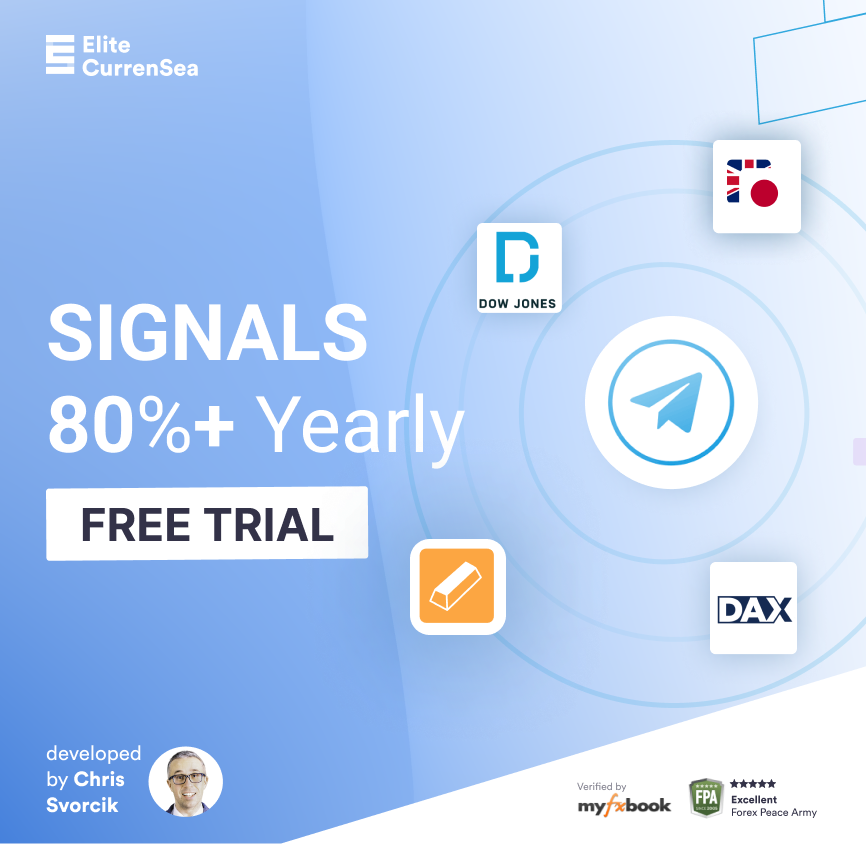FED Hiked Rates by 0.75 BPPs, What’s Next?

Yesterday, the Federal Reserve hiked its key interest rate by 0.75 percentage points – the fourth straight move of that size, as was widely expected.
The unexpected “hawkish” tone of the press conference that followed, with Chairman Jay Powell twice saying the Fed still has “some ways to go” with its hikes, caught many off guard. Powell said that the risks of not raising rates high enough to bring down inflation outweighed the risks of raising rates too high and causing a financial accident or a deep recession.
He said that while acknowledging that the path for a “soft landing” had seriously narrowed, there was still a chance for the Goldilocks scenario in which the Fed would hike rates just enough to bring down inflation without a recession.
Put more simply, he clearly admitted that lowering inflation is currently a bigger priority than avoiding a recession.
Possible Implications?
The lack of dovish bias, pause, or pivot indicates that the fed funds rate is now in the 3.75%-4% range.
This means that investors should focus more on what really matters, like how high interest rates will go, and how long they’ll need to stay there. These questions are more important than whether the Fed will hike by 0.5 or 0.75 percentage points at its next meeting.
The spotlight is now on the labor market: as long as it remains strong and inflation hot, the Fed will have little choice but to keep hiking.
How to Use this Information?
The Fed will only take action when inflation starts to slow down. The problem is that inflation is unlikely to fall on its own, and the only thing that is likely to bring it down is a significant economic slowdown.
The bad news for most assets will continue to hurt stocks, especially as bonds start to benefit from high inflation and rising rates.
Commodities may fall in price as the economy slows down, but shortages could keep their prices relatively high. For stocks, the situation becomes more tricky because they’ll be hit by both rising rates and slowing growth.
The market is reacting to this news with the NASDAQ down 3% or more, crude oil up 1%, and bonds down about 0.3%.
Now is not the time to take on too much risk, as we keep repeating this year. However, that doesn’t mean you have to stay on the sidelines forever.
If you have a long-term horizon, you could see a further selloff as an opportunity to scoop up assets at more attractive prices, while also keeping a handy short on SP500 index, anywhere south of 3,700 could be a good target. This would reduce your entry price and boost your long-term returns if you are looking to go long on equities, once the further fall happens.
Safe Trading
Team of Elite CurrenSea 🇺🇦❤️








Leave a Reply